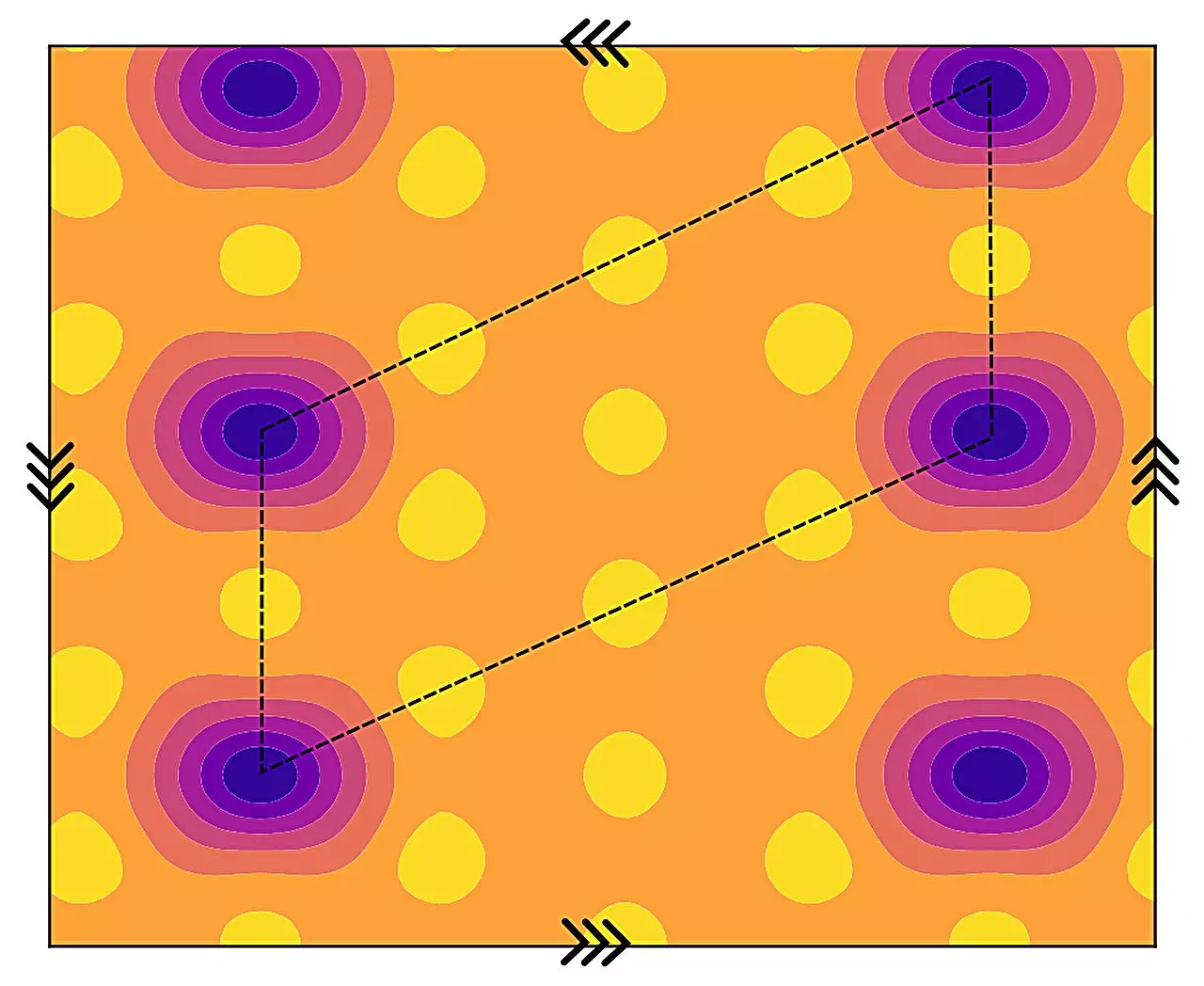Moiré superlattices occur when two layers of two-dimensional (2D) materials are twisted relative to one another at slight angles. This seemingly simple manipulation has captured the attention of physicists worldwide, primarily due to the rich array of phenomena that these structures can host. The layers create a moiré pattern, resulting in unique electronic properties that can lead to exotic phases of matter. The latest research from a collaborative team at California State University Northridge, Stockholm University, and the Massachusetts Institute of Technology (MIT) delves into this captivating realm, hypothesizing the emergence of a new type of quantum state in these structures.
The researchers’ study, published in the esteemed journal Physical Review Letters, marks a significant contribution to our understanding of electronic phases in moiré superlattices, particularly within the context of the twisted semiconductor bilayer of $text{MoTe}_2$. The paper articulates a novel quantum anomalous state of matter that arises in fractionally filled moiré superlattice bands. This groundbreaking prediction suggests that the intertwining of ferromagnetism, charge order, and topology may occur simultaneously in these complex systems, a phenomenon previously thought impossible.
Liang Fu, a co-author of the study, emphasizes the dual nature of electrons: they can be viewed as both particles and waves. This duality is pivotal in understanding the intricacies of electron behavior within these moiré structures. The interplay between charge and the electron’s topological attributes creates a fertile ground for discovering new quantum phases, a realm that researchers are just beginning to explore.
The novel state of matter proposed by the research group combines unique properties that challenge existing paradigms. Traditional understandings in condensed matter physics often posit that techniques such as crystallization and topology must compete against one another. Yet, the findings indicate that in moiré superlattices, these properties can coexist in a manner that has yet to be observed experimentally. Emil J. Bergholtz, another co-author, highlights the significance of strong Coulomb interactions in driving this newly hypothesized state. It is interesting to note that under conditions devoid of these interactions, the system would resemble a straightforward metallic phase, indicating that the true nature of these materials is concealed beneath layers of interaction.
Nonetheless, their research relies heavily on comprehensive numerical simulations to substantiate their predictions, drawing on data from previous investigations into twisted bilayer semiconductors. By developing a phenomenological model, the researchers provide a framework through which the core characteristics of this state can be understood, setting the stage for future theoretical and experimental inquiries.
The implications of this research extend beyond theoretical speculation; they serve as a roadmap for ongoing experiments in moiré systems. The findings highlight that these novel states of matter may not be isolated instances but part of a wider phenomenon observable in other moiré materials. For instance, previous studies have reported a quantum anomalous Hall crystal in twisted configurations of bilayer and trilayer graphene, closely mirroring the state predicted in $text{MoTe}_2$.
Researchers like Ahmed Abouelkomsan elucidate the new phase’s competitive nature against neighboring quantum states. Understanding these complexities is crucial, offering insights into the energetic competition between various phases, such as the composite fermionic liquid phase which lacks crystallization.
As the research team embarks on further investigations, they are poised to unlock additional exotic states within moiré superlattices. Their predictions concerning integer Chern insulator crystals at fractional moiré band fillings suggest intriguing properties yet to be fully grasped. Aidan Reddy notes that akin states had been previously detected under magnetic fields before being observed at zero field in multiple graphene-based moiré configurations. This transition represents a pivotal moment for theoretical explorations surrounding these materials, brimming with possibilities and questions, notably regarding the intricate balance between these newly proposed states and known phenomena such as fractional Chern insulators.
In summation, the study of moiré superlattices is rapidly evolving, revealing layers of complexity in their electronic behavior and underlying physical principles. As researchers continue to challenge and redefine existing paradigms, they stand on the cusp of discovering previously unbeknownst quantum phases embedded in these extraordinary materials, ushering in an exciting era in condensed matter physics and material science.

